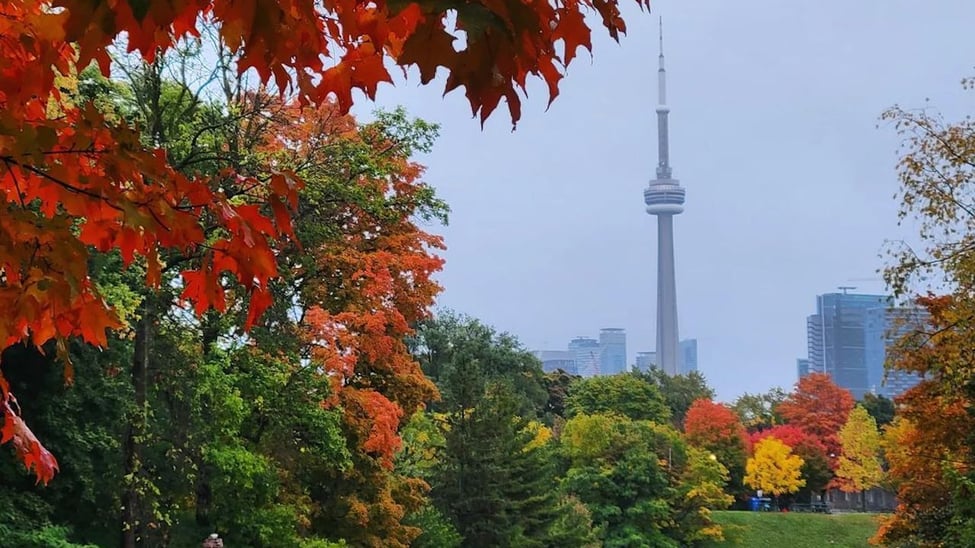In the heart of Toronto, where lush greenery intertwines with urban landscapes, trees stand as both a natural wonder and a vital component of the city's ecosystem. Yet, despite their prevalence, many homeowners harbor misconceptions about tree care. Let's dispel some of the most prevalent myths surrounding homeowner tree care in the city.
Neglecting Maintenance
One prevalent myth is the belief that trees don't require regular maintenance unless a problem arises. However, this notion couldn't be further from the truth. Regular pruning, fertilizing, and other treatments are essential for maintaining tree health and vitality, particularly in urban environments where trees may face challenges such as nutrient deficiencies and compacted soil.
Property Rights and Tree Care
Another common misconception among homeowners is the assumption that they have complete autonomy over trees on their property. In reality, many trees located on the municipal road allowance are the responsibility of the city. Homeowners must obtain city approval for tree removal, with valid reasons such as disease, obstruction, or safety concerns. Understanding municipal guidelines and regulations is crucial for navigating tree care responsibilities.
Assuming Health from Appearances
It's easy to assume that a tree's outward appearance reflects its internal health. However, appearances can be deceiving, and many issues may not be visible to the untrained eye. Consulting with a certified arborist for regular inspections can help identify potential problems early on and implement appropriate interventions to safeguard tree health.
Preserving Unhealthy Trees
Contrary to popular belief, not all unhealthy-looking trees need to be removed. Arborists possess the expertise to assess a tree's condition accurately and recommend suitable treatments to restore its health and structural integrity. Pruning, fertilizing, and pest management strategies are just a few interventions that can help revive a struggling tree and prolong its lifespan.
Concerns About Tree Height
Height alone does not determine a tree's safety or stability. Proper maintenance practices, such as regular pruning and structural support measures, are essential for tall trees to prevent hazards such as limb breakage or uprooting. Additionally, older trees may naturally grow taller and require specialized care to ensure their longevity and structural integrity.
Neighbourly Relations and Tree Issues
Disputes over neighbours' trees are not uncommon, but homeowners have rights and responsibilities regarding tree care. While individuals can trim overhanging branches on their property, addressing concerns such as leaf litter or fruit drop may require open communication and collaboration with neighbours to find amicable solutions.
Insurance Coverage for Tree Care
Many homeowners mistakenly believe that routine tree maintenance costs are covered by home insurance policies. However, insurance typically only applies in emergencies, such as storm damage or tree-related property damage. Understanding policy coverage and seeking professional arborist assistance can help homeowners navigate tree care expenses effectively.
Embracing Arborist Expertise
Ultimately, partnering with a knowledgeable arborist is invaluable for homeowners seeking to maintain healthy and vibrant trees on their properties. Arborists offer essential guidance and expertise in tree care, ensuring the longevity, safety, and aesthetic appeal of Toronto's urban canopy.
By dispelling common myths and investing in professional tree care services, Toronto homeowners can contribute to the preservation and sustainability of the city's cherished green spaces for generations to come.

